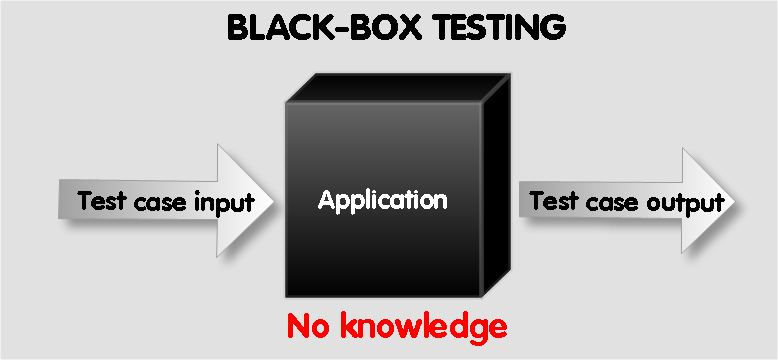In the final post of a series of blogs on Testing in Agile, featuring excerpts from our ISTQB Foundation Agile Tester course, we discuss how Black-box test techniques apply in an Agile context where people often assume they only apply to sequential methodologies.
In Agile projects tests are often created by testers in parallel with the developers’ programming activities. The developers create their code based on user stories and acceptance criteria, and the testers should be creating their tests using the same test basis. Some tests, however (such as exploratory tests and some other experience-based tests) are created later, at the same time as test execution.

Even in Agile testing, testers can (and absolutely should) still apply the black box test design techniques found in traditional methodology testing where it is appropriate to do so. The techniques that are covered in the ISTQB foundation course on software testing, such as equivalence partitioning, decision tables, and state transition testing are some that can be used to design test cases in an agile project. A specific example would be boundary value analysis, which could be used to design a test for the selection of test values in an application where a customer is limited in the number of items they may select for purchase.
Black-box test design techniques can also be used to create tests for non-functional quality characteristics. For example, a user story could contain performance or reliability requirements, such as the time for a given execution cannot exceed a specified value, or a number of operations may only fail fewer than a certain number of times.
Retaining these core test design techniques, often learnt right at the start of your testing career, can ensure that the depth an breadth of testing completed on a deliverable is maintained regardless of the methodology in use.
For more information on our self-paced learning, check out our available courses covering exam prep content for ISTQB certification, TMMi Professional and a host of other related topics.


Leave a Reply